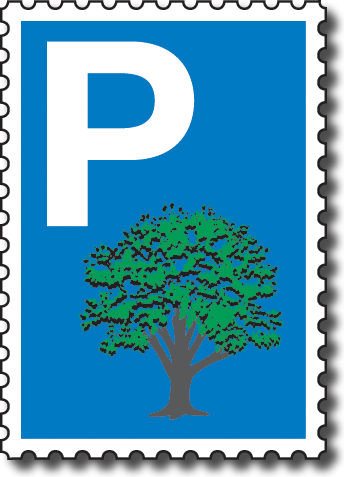Arnold Arboretum Trees Placed On “Permanent Loan” In Norman B. Leventhal Park
Eastern Arborvitae (Thuja Occidentalis)
The Eastern Arborvitae is especially attractive as a specimen evergreen plant. It grows 20-30 feet tall by 10-15 feet across and forms a dense, often broadly pyramidal tree. Its native habitat ranges north from Nova Scotia to Manitoba and southward towards Illinois and the mountains of North Carolina. It transplants readily, adapts well to city conditions, and is exceptionally hardy in terms of winter cold. The Arnold Arboretum specimen was raised from a cutting taken in 1956. It adds an evergreen and aesthetically important accent to the Norman B. Levethal Park.
Hybrid Red Oak (Quercus rubra var. maxima)
The red oak is a familiar part of the New England woodland and is valued for its autumn leaves in shades of russet-red. Long lived, capable of withstanding polluted city air, and tolerant of dry soils, this tree is a popular choice for urban sites. This particular oak is a hybrid raised from seed and is more than 35 years old.
Giant Western Arborvitae (Thuja plicata) – Two
The giant (western) arborvitae is a majestic conifer, sometimes growing to the impressive height of 200 feet in its native Pacific Northwest habitat. Used by Indians for canoes, totem poles and even fish hooks, the giant arborvitae is presently used in the timber trade as a source of cedar shingles, poles, posts, pilings and house building. Here in the eastern United States it is also appreciated for its ornamental qualities, especially in formal or semi-formal hedges or as specimen trees.
This species is adaptable to urban environments and will grow in sun or partial shade and prefers moist, well-drained, fertile soils. At maturity, the giant arborvitae has attractive cinnamon-red exfoliating bark and a very dense, full pyramidal shape with a buttressed base. The Arnold Arboretum’s specimens are 30-50 feet tall and 20-25 feet wide.

